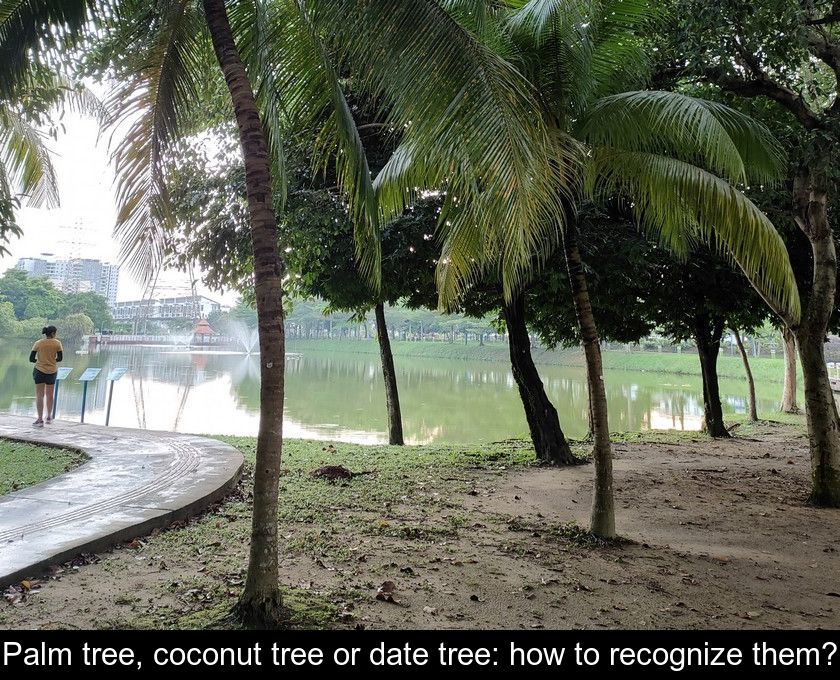Palm Tree, Coconut Tree Or Date Tree: How To Recognize Them?
Not all species in the large palm family produce edible fruit. In everyday language, the term 'palm' is used to designate either a decorative specimen, a coconut tree or a date palm, which adds to the confusion. We suggest you discover how to differentiate and recognize these different species of palm.
What is a palm tree?
Palms are flowering plants in the Arecaceae family. Contrary to popular belief, they are not trees but rather giant grasses! They do not have a trunk or branches, but a stipe (a kind of large fibrous stem) and palms.
The term palm can be used to refer to a wide variety of plants because there are over 2600 species in the world. But, within this large family, only a few species are cultivated for their fruit.
It should also be noted that most palms grow in tropical or subtropical areas, but they can also be found in the desert, mangrove or in a Mediterranean climate, as evidenced by the palms that line the famous Promenade des Anglais in Nice!
What is the difference between a palm tree and a coconut tree?
While the name palm tree is the generic term for plants in the large family Arecaceae, the true coconut palm corresponds exclusively to the species Cocos nucifera.
This palm tree originated in India and colonized all the islands of the Pacific and Indian Oceans and is now found as far as Africa and America.
It is the only palm species that produces coconuts, the egg-shaped fruits seen hanging from the base of the palms.
Even if you love this exotic fruit, note that it is impossible to grow coconuts in our latitudes because this tropical plant can die when the temperature drops below 10°C.
Beware: some species of palms are referred to under the vernacular name of coconut palms when these plants are not true representatives of the species Cocos nucifera! Thus, the feathery coconut palm, the Chilean coconut palm and the seaside coconut palm that gives the fruits called coco-butt are not true coconut palms...
You will have understood it, it is not always easy to differentiate the simple palms from the authentic 'coconut trees' (which are not trees if you have followed well)!
What is the difference between a palm tree and a date tree?
Still in the large palm family, another species is also primarily grown for its fruit: the date palm or Phoenix dactylifera.
This species native to North Africa and Western Asia is one of the few palms to grow in the desert or rather in oases. A little hardier than the coconut palm, the date palm can withstand cold temperatures down to -10°C.
This very fast growing palm can reach a height of 30 meters and start producing dates at the age of 12 years.
Warning: it should not be confused with another species of palm that is seen a lot in the south of France and on the French Riviera: the Canary Island palm or false date palm (Phoenix canariensis)!
The latter is mainly used in southern cities as an ornamental plant because its palms are well supplied and its silhouette is very graphic. In addition, its slower growth than other species allows it to be grown in pots.
On the other hand, its fruits, although they are not toxic in case of ingestion, have no gustatory interest.











